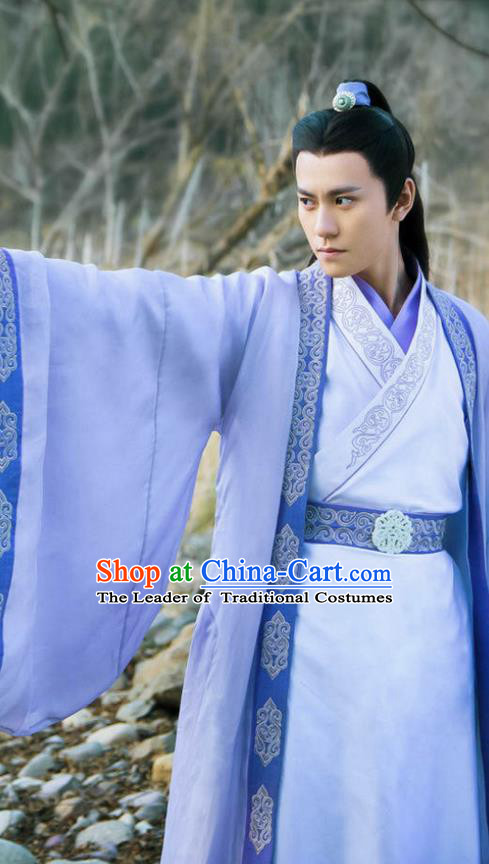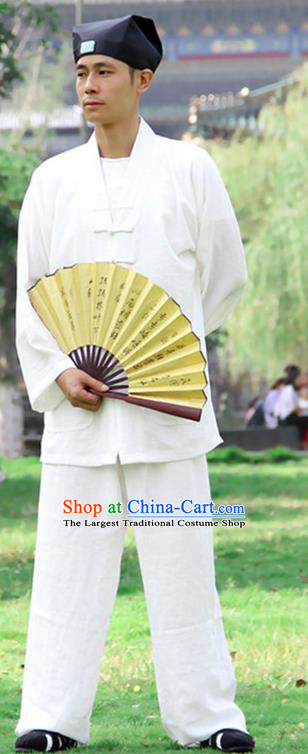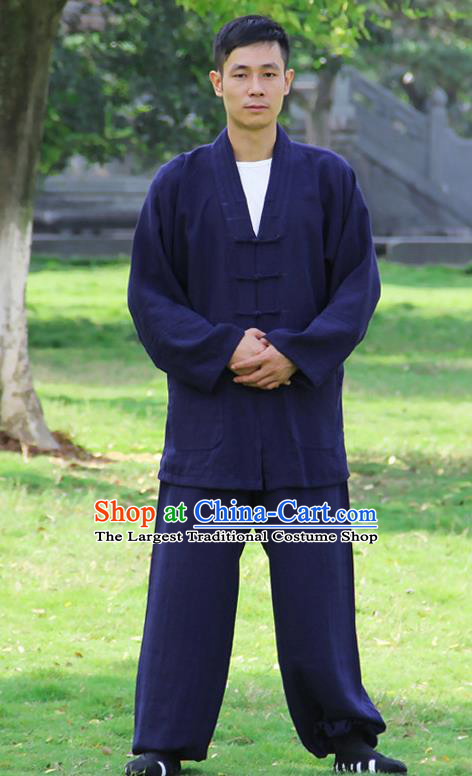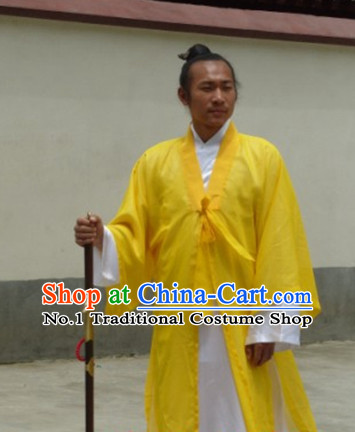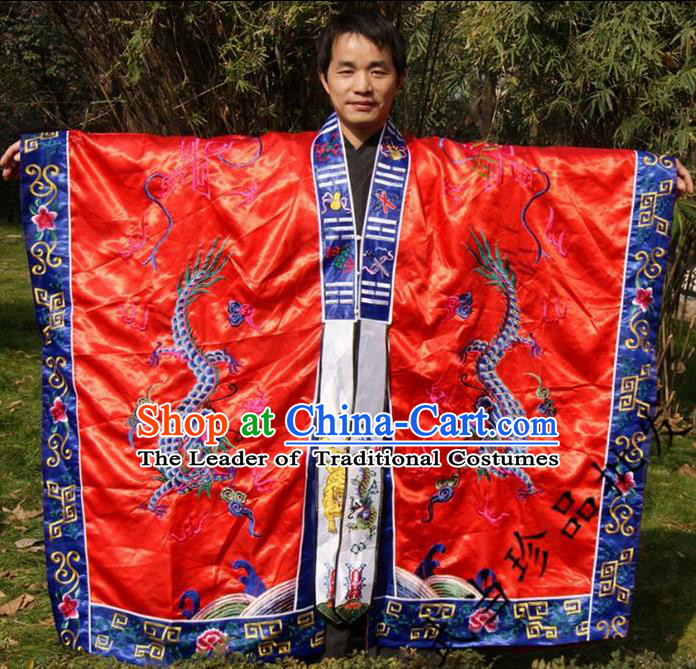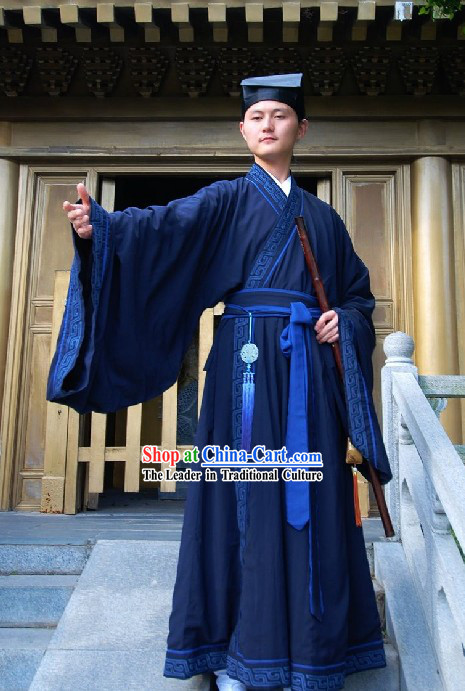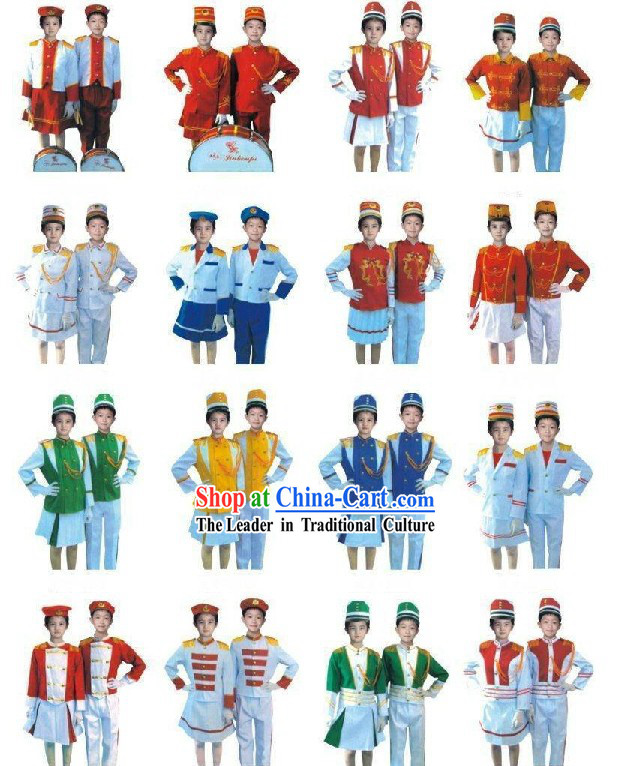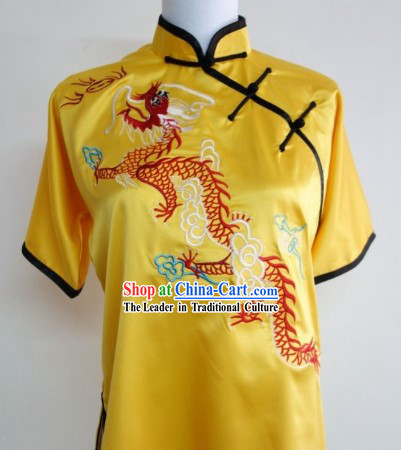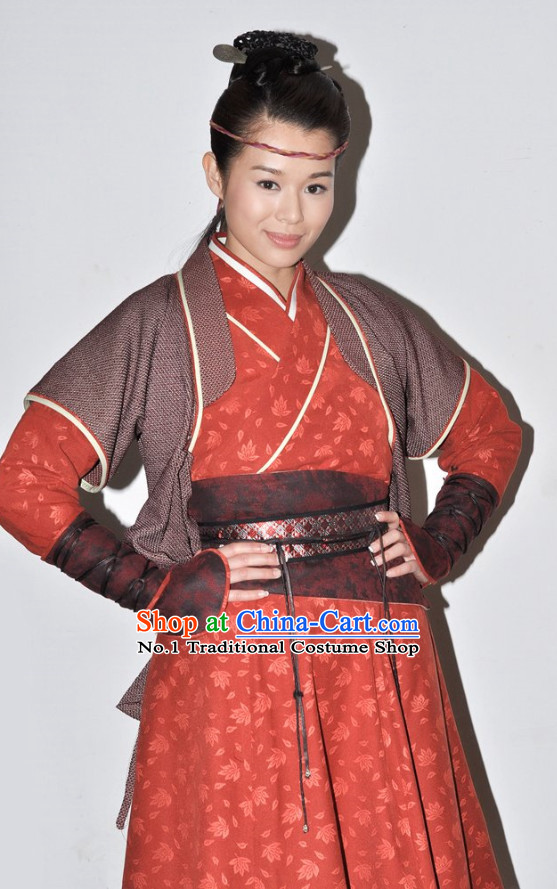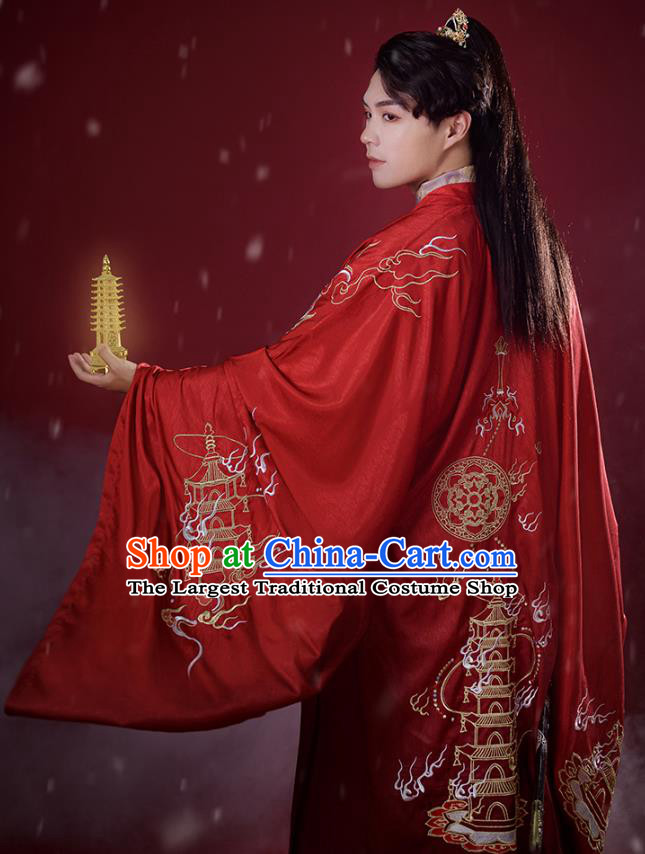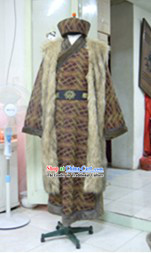
Click Related Pictures for More Audios:
This artwork is an ancient Chinese Taoist disciple uniform, designed for males.
It carries rich cultural significance and historical value, representing the evolution of religious beliefs and traditional clothing in ancient China.
The uniform features traditional Chinese design elements, including a white coat, black pants, and blue belt.
The color choices align with Taoist symbolism, as white represents purity and innocence, black signifies mystery and depth, while blue symbolizes sky and tranquility.
This color palette was commonly used in ancient Chinese culture to convey a solemn yet mystifying atmosphere.
Apart from its aesthetic design, this uniform holds important historical significance.
Taoism is an ancient religion in China, originating during the Han Dynasty.
It emphasizes personal cultivation and the pursuit of inner peace and harmony, hence why many schools in ancient China offered Taoist disciple courses.
The uniform serves as a symbol of Taoist disciples, reflecting the society's reverence and respect for Taoist beliefs at that time.
Furthermore, this uniform showcases the diversity and exquisiteness of ancient Chinese clothing.
In ancient China, people from different regions and social classes had their unique clothing styles and patterns.
This uniform may have been worn by Taoist disciples from a specific region, possibly incorporating decorative elements and detailed craftsmanship unique to that area.
By studying this uniform, we can gain a better understanding of the historical evolution and social context of ancient Chinese clothing.
In conclusion, this ancient Chinese Taoist disciple uniform is a work of art with rich cultural significance and historical value.
Its design elements, color choices, and potential historical background provide us with a window into the allure of ancient Chinese religious beliefs and traditional clothing.






































